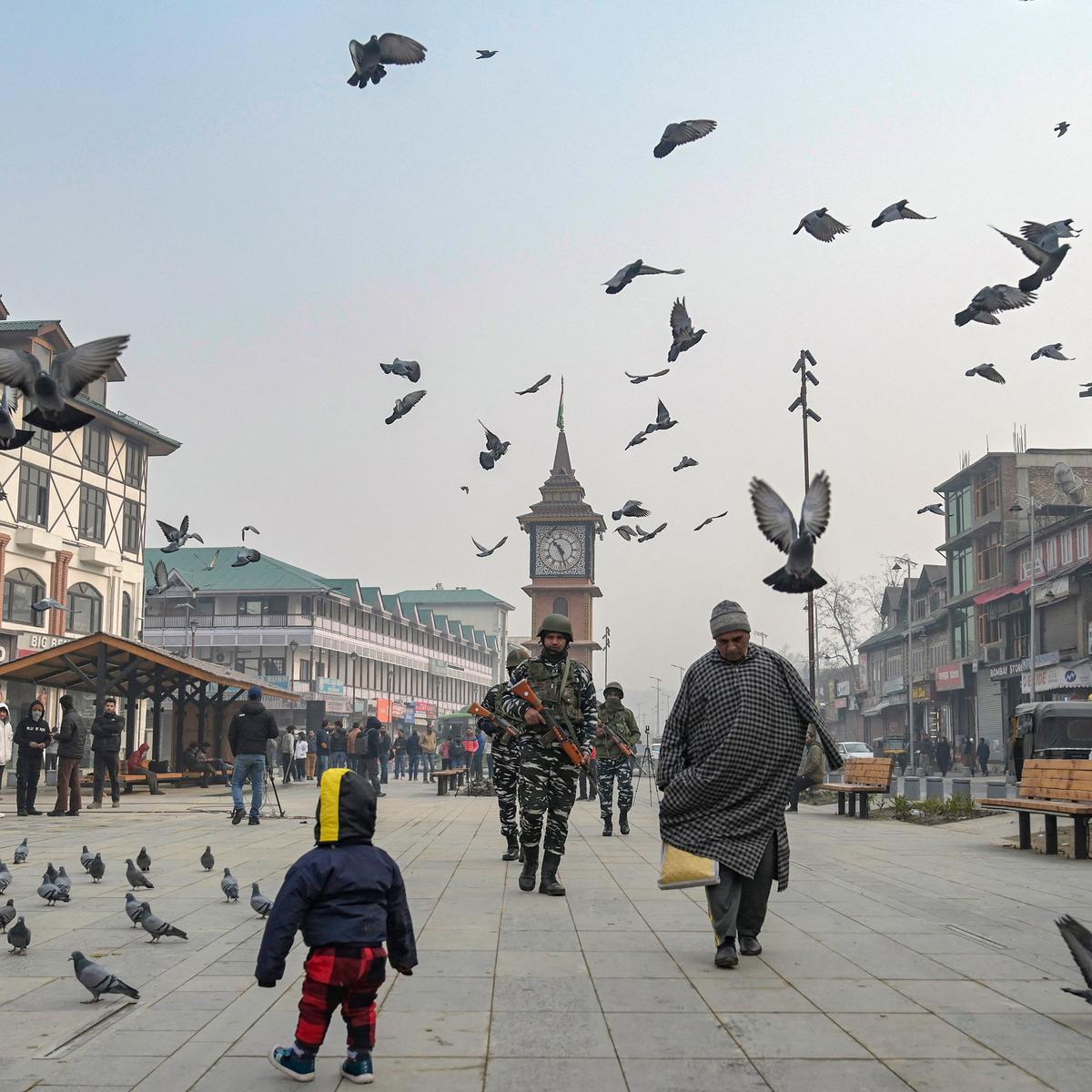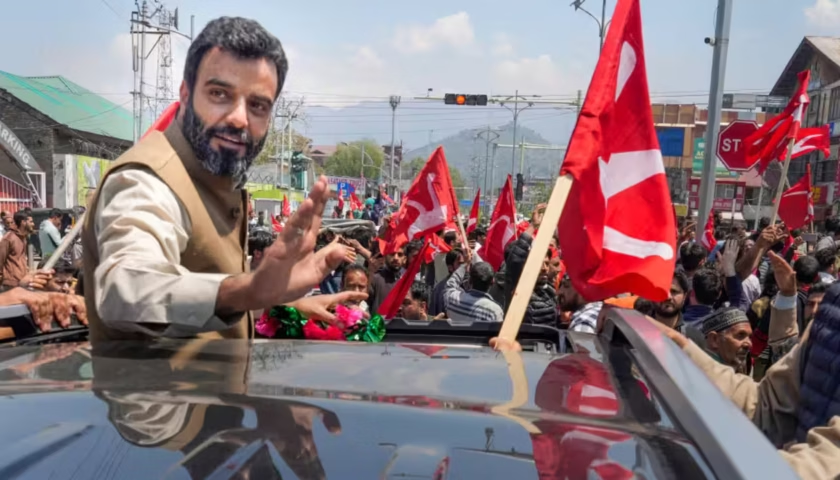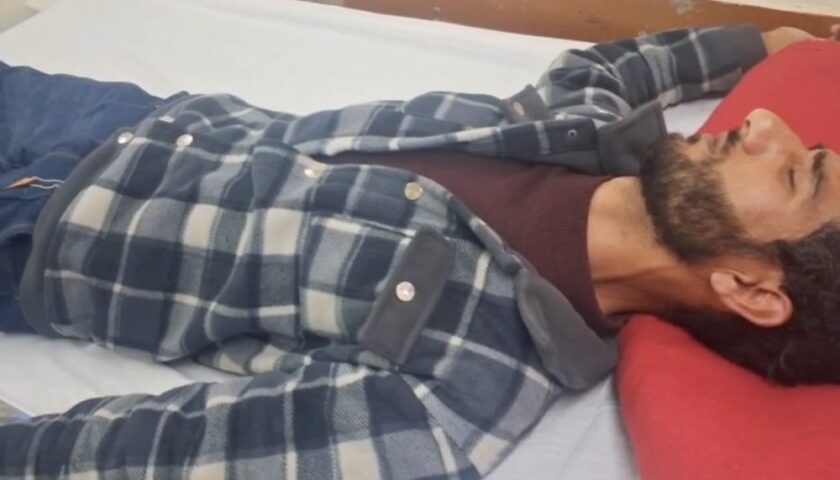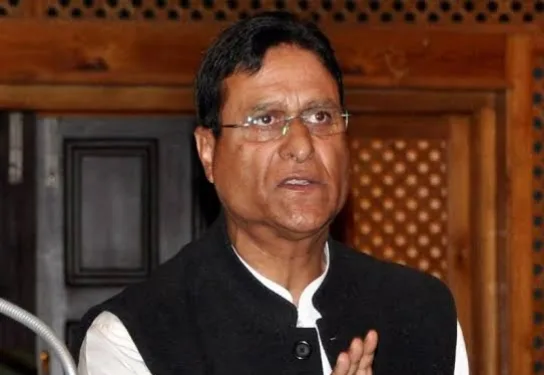New Delhi / Srinagar, 21 June 2025: The long-promised restoration of statehood to Jammu and Kashmir, a demand echoed across political and public platforms since the abrogation of Article 370 in 2019, may soon become a reality—but not without a set of conditions that could significantly shape the political future of the region.
According to multiple sources familiar with internal deliberations, the Centre’s plan to reinstate statehood is not unconditional. Rather, it may come with a “fine print” that outlines specific procedural and political stipulations, raising fresh concerns about transparency, federalism, and the sanctity of electoral mandates.
Two Scenarios Under Consideration
As per reports circulating among top bureaucratic and political circles, the Union government is evaluating two conditional pathways for restoring statehood to Jammu and Kashmir:
1. Restoration After Current Government’s Term Ends
Under this model, statehood will be reinstated after the current administration, formed under Union Territory (UT) status, completes its full term. The next elections—likely five years from now—would then be held under the full-fledged state structure, with all corresponding powers and responsibilities restored.
This scenario is being viewed by critics as a “delayed dignity” model, where symbolic restoration comes only after the current political roadmap is exhausted under a UT framework.
2. Immediate Statehood, But with Fresh Elections
The second option, which reportedly has more backing from constitutional experts and central advisors, is to restore statehood sooner—but only after fresh elections are conducted under the new framework. This would effectively mean dissolving or bypassing the current government, which was elected under the UT model.
In this case, all political parties would have to contest again, but this time under the full autonomy of a state government, including the reinstatement of a legislative council, cabinet portfolios, and the position of Chief Minister with constitutional powers.
Supreme Court’s Verdict vs. Political Reality
The conditional roadmap has sparked intense debate, particularly in light of the Supreme Court’s December 2023 ruling, which upheld the constitutional validity of the abrogation of Article 370 but also directed that “statehood must be restored at the earliest.”
Legal experts and opposition leaders argue that any attempt to delay or dilute the restoration process could amount to defiance of the spirit of the Supreme Court’s directive, if not its letter.
“The court said ‘at the earliest’—not ‘when politically convenient,’” said a senior legal analyst. “Adding conditions to a fundamental democratic restoration defeats the purpose of the directive.”
Reactions on the Ground: Trust Deficit Deepens
In Kashmir, the emerging narrative has fueled skepticism, with several regional parties questioning whether the Centre’s statehood plan is more about optics than empowerment.
National Conference leader Omar Abdullah, PDP president Mehbooba Mufti, and even voices from the Apni Party and People’s Conference have repeatedly demanded unconditional and immediate restoration of statehood, with free and fair elections to follow.
“Statehood is not a reward. It is a right. Conditioning it makes it sound like a privilege granted at the mercy of the Centre,” said a former J&K Cabinet Minister.
The Political Calculation: Managing Autonomy vs. Control
Observers suggest that the Centre’s conditional framework is designed to balance the optics of democratic restoration with political control. By setting terms for when and how statehood returns, the government may be aiming to:
-
Avoid disrupting the current post-UT electoral roadmap
-
Ensure that any new state government aligns with national interests
-
Retain influence over bureaucratic appointments, policing, and central aid
“It’s about managing the re-entry of statehood without losing strategic grip,” said a political science professor from Delhi University.
Implications for the 2025 Political Landscape
Whether statehood is restored before or after the next round of elections will heavily influence party strategies across Jammu and Kashmir:
-
Mainstream parties may boycott or challenge elections if held under the UT model again
-
New alliances could emerge based on promises of safeguarding or leveraging statehood
-
Voter turnout and public trust may decline if people perceive the process as conditional or manipulated
What Happens Next?
With no official roadmap released yet, and only selective leaks and political signals making rounds, clarity remains elusive. However, Union Home Ministry officials have hinted that “something concrete” may be announced before the year-end, possibly around India’s Independence Day (August 15) or in the lead-up to 2026 state elections elsewhere.
A formal cabinet-level discussion on the modalities of statehood restoration is expected soon.
Bottom-Line: Restoration or Recalibration?
While the Centre’s plan to restore statehood to Jammu & Kashmir may be a step toward democratic normalization, the fine print could redefine what that restoration truly means. Will it mark a return to full autonomy and public accountability? Or will it remain a tightly controlled political reset, shaped by electoral calculus and national security priorities?
For millions in the region, the answer will determine not just the future of governance, but the future of trust in India’s federal democracy.




